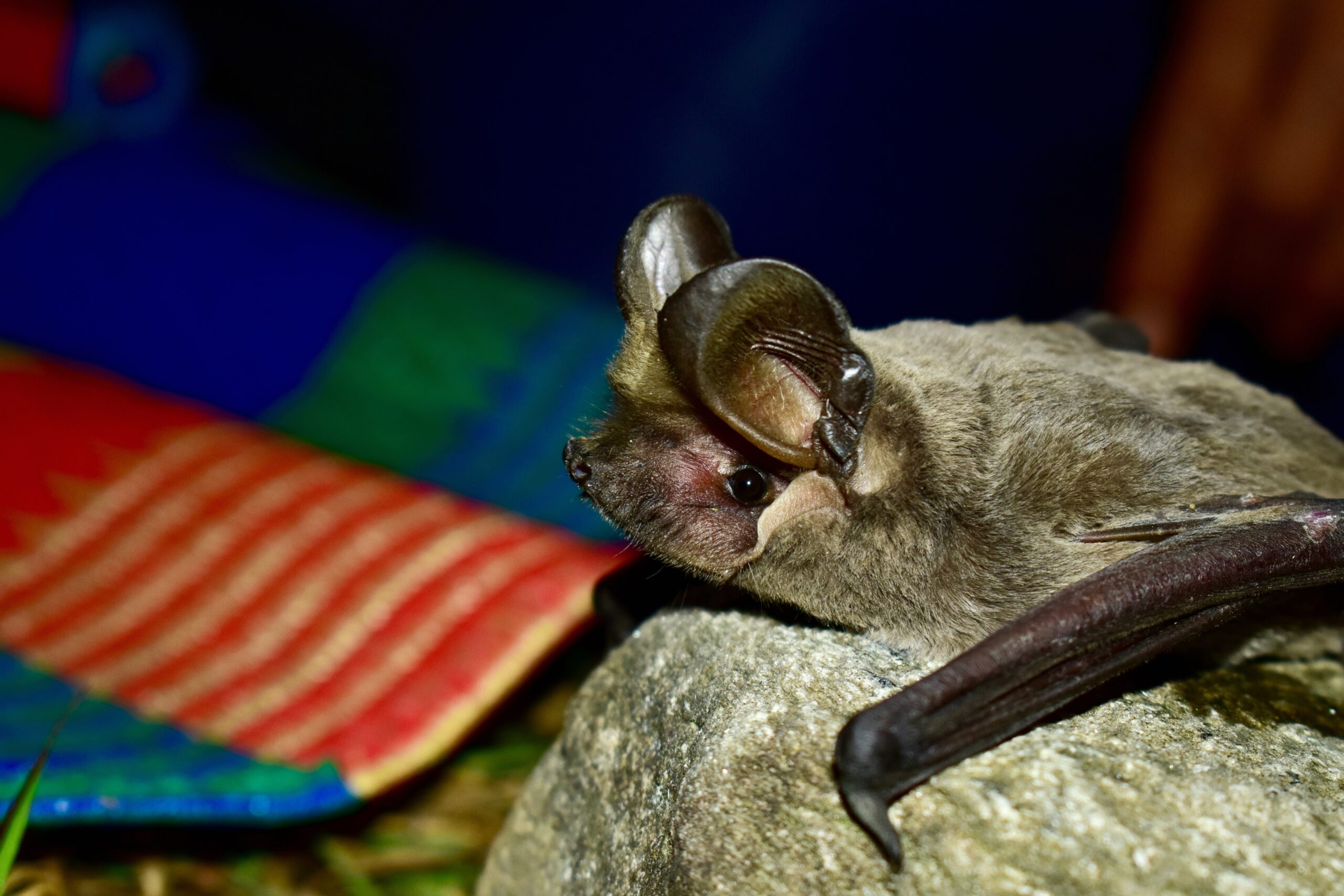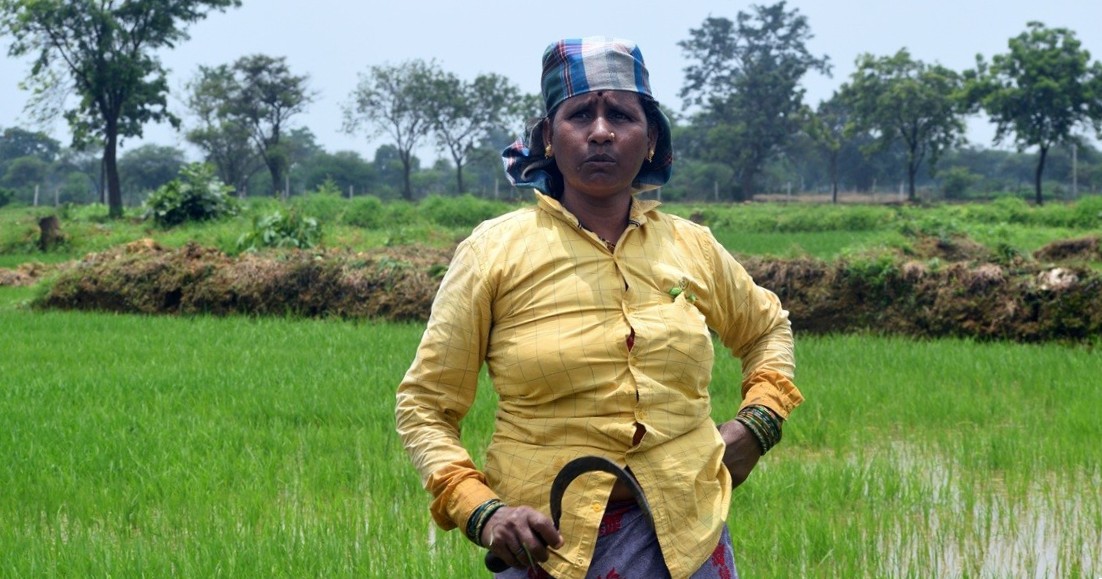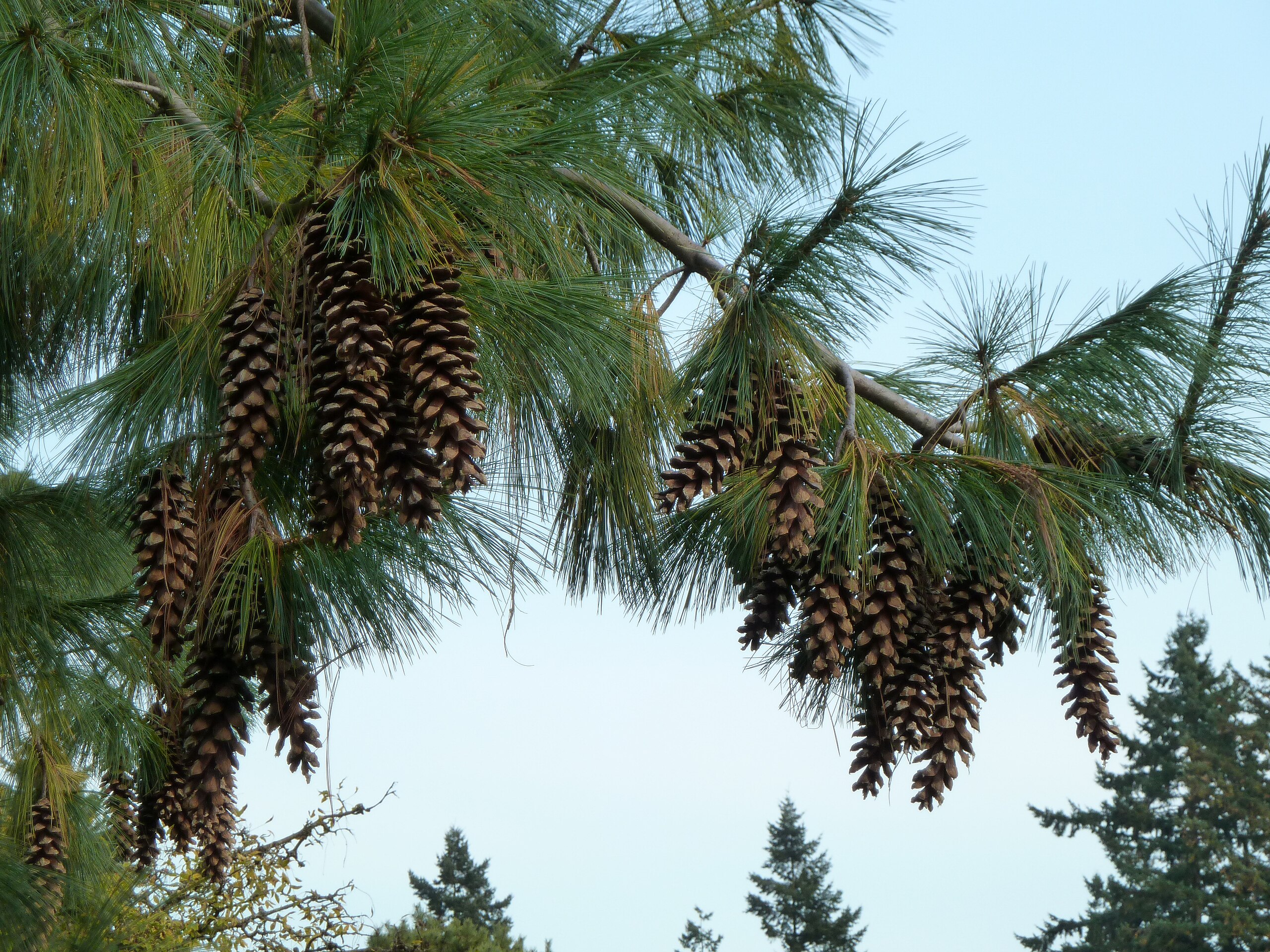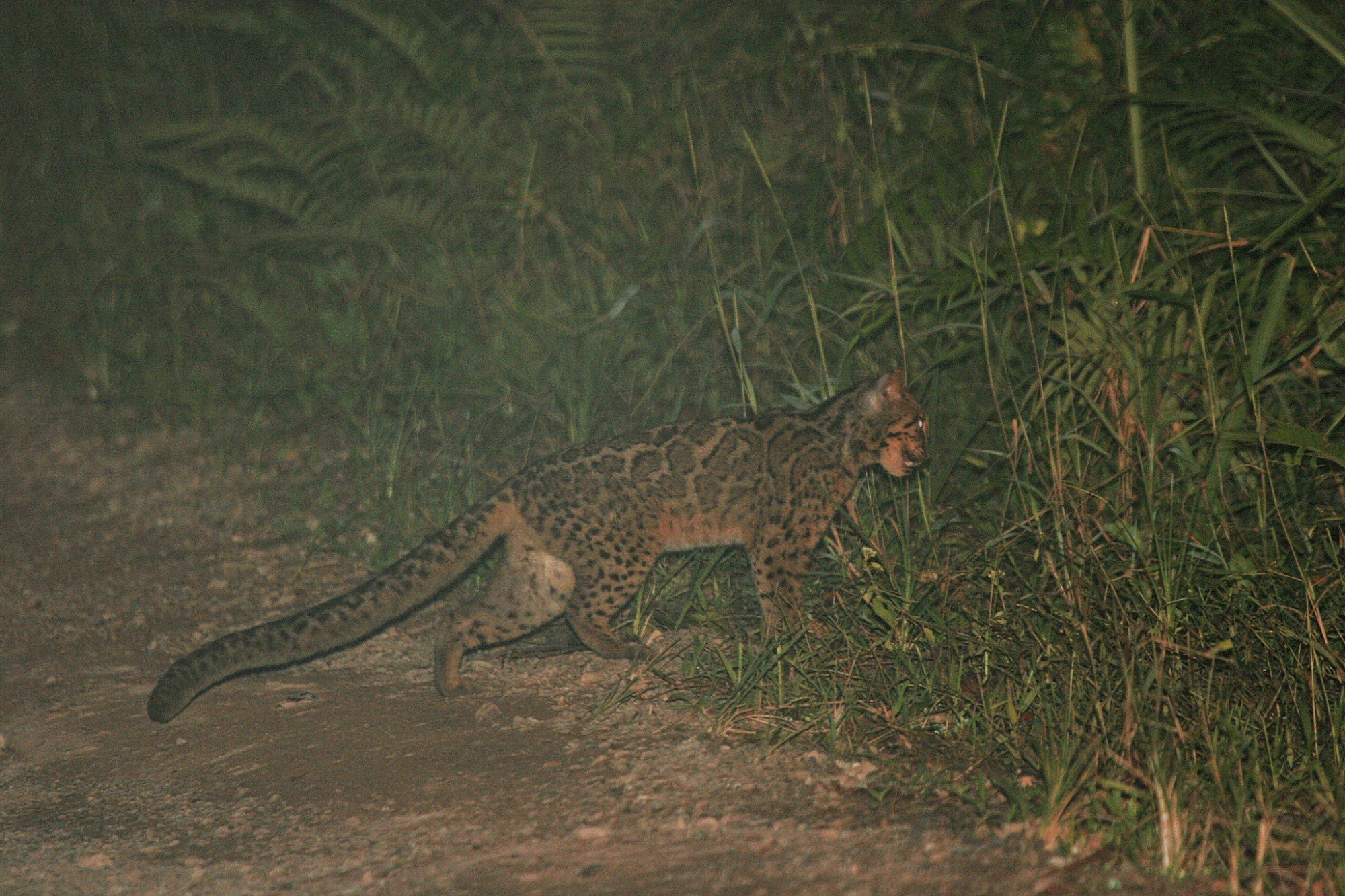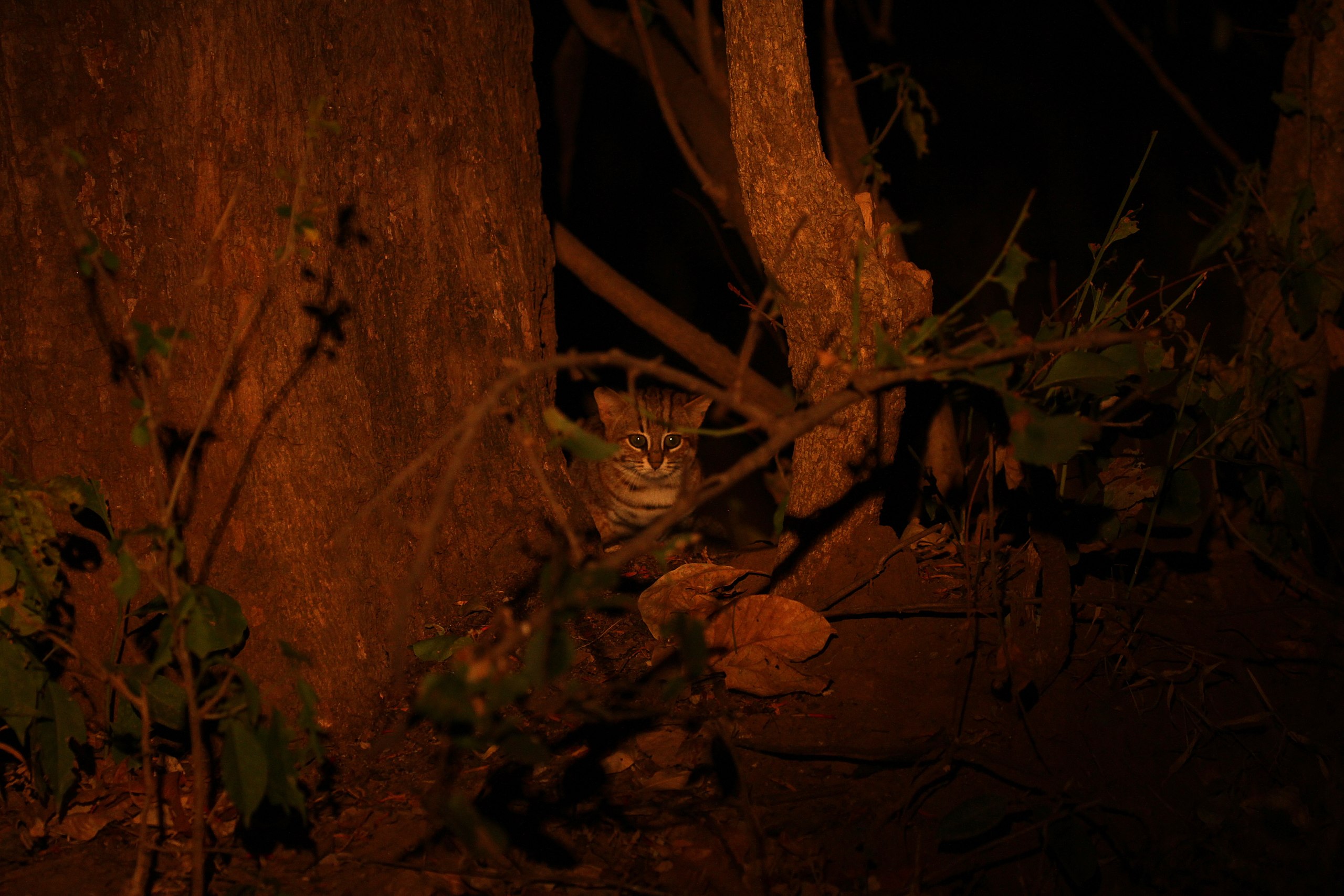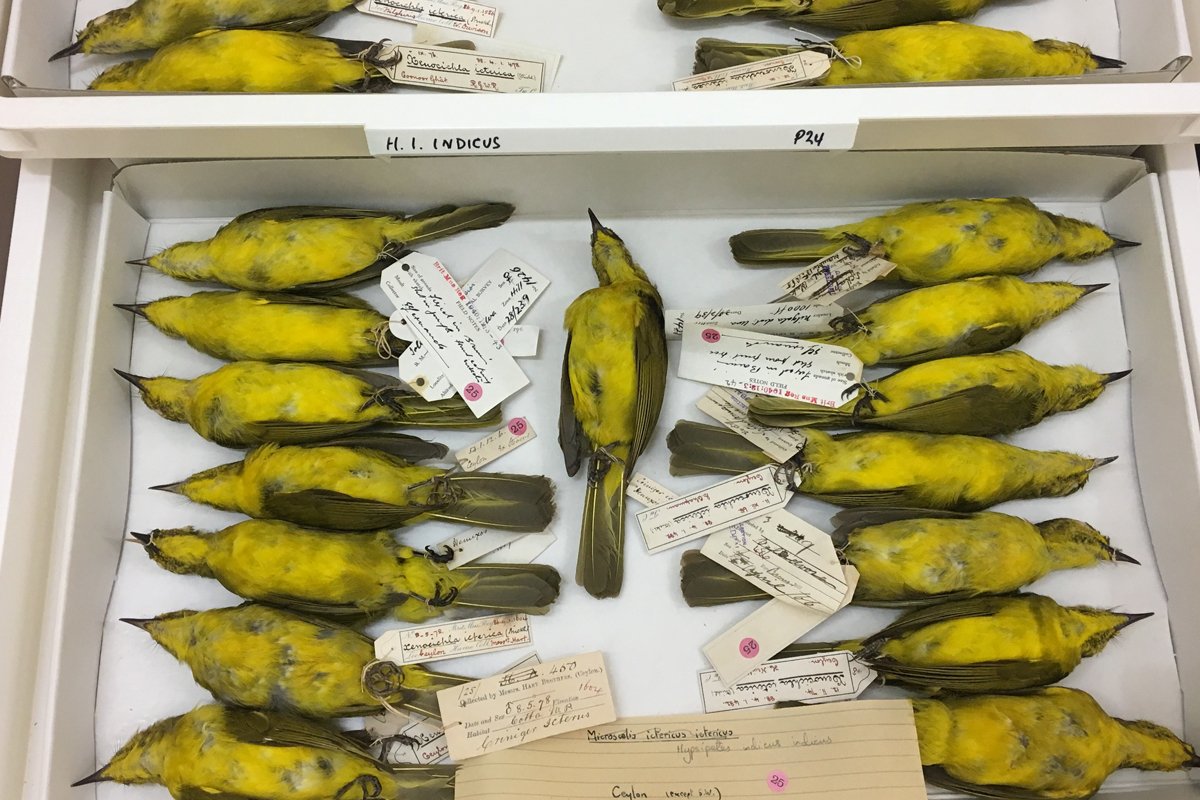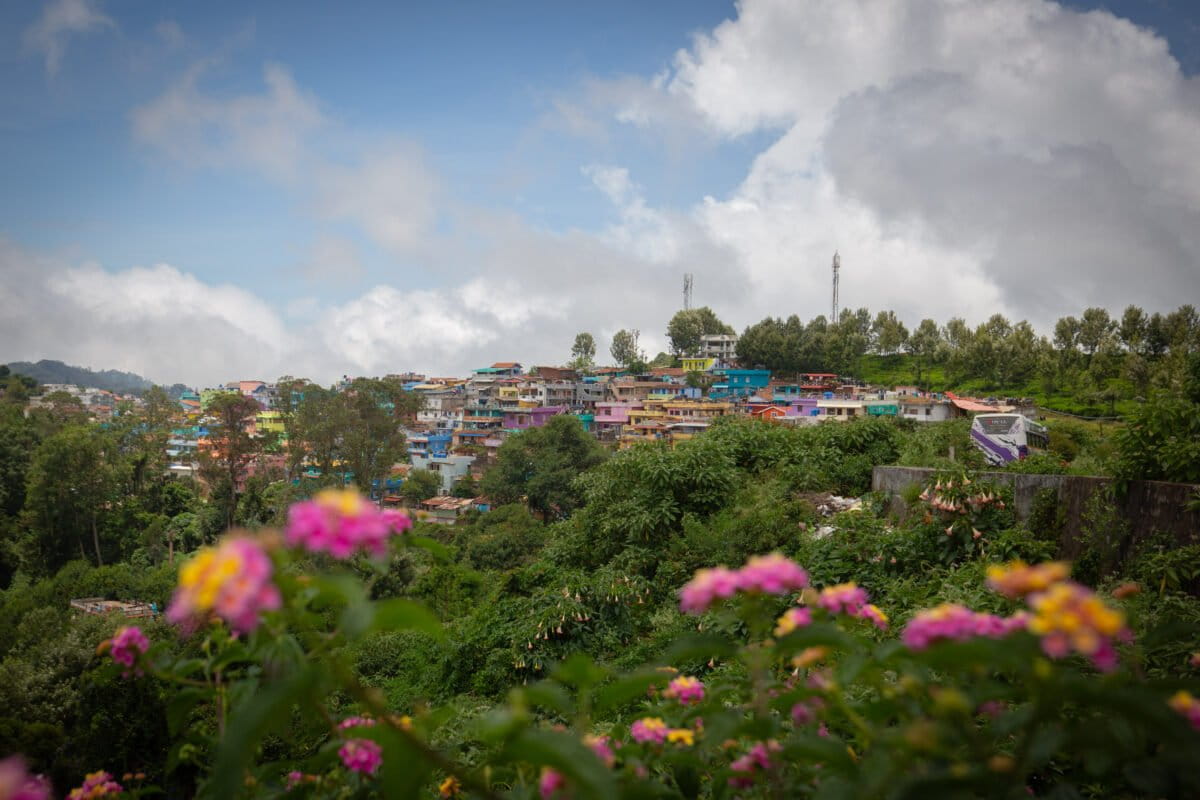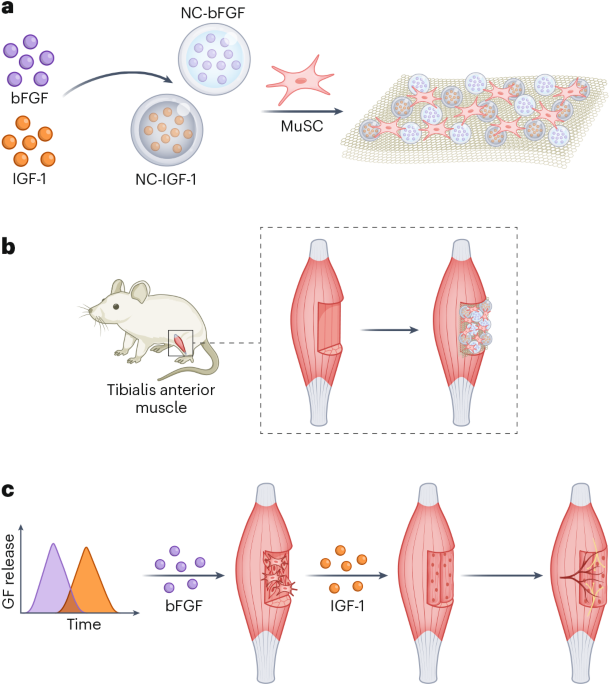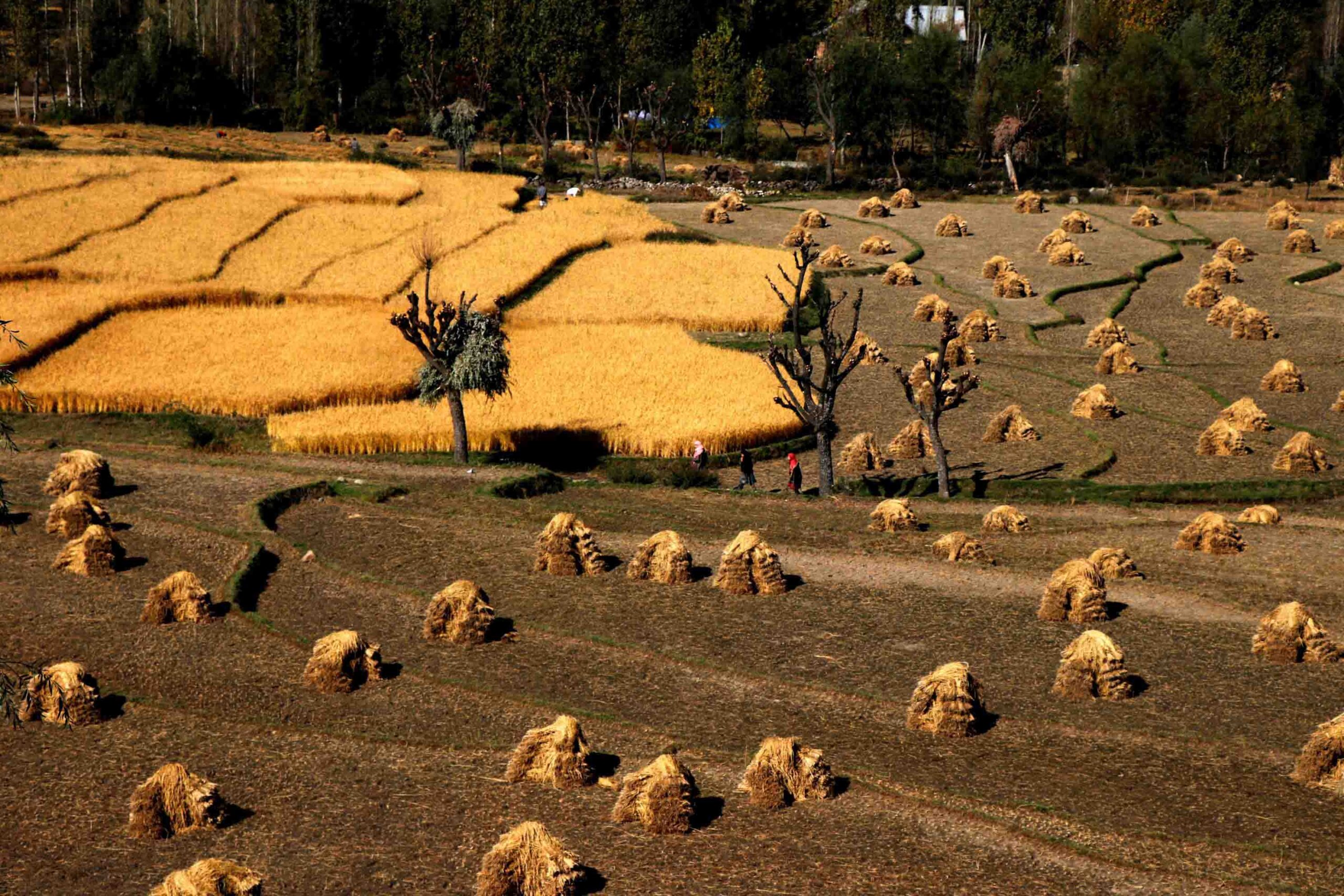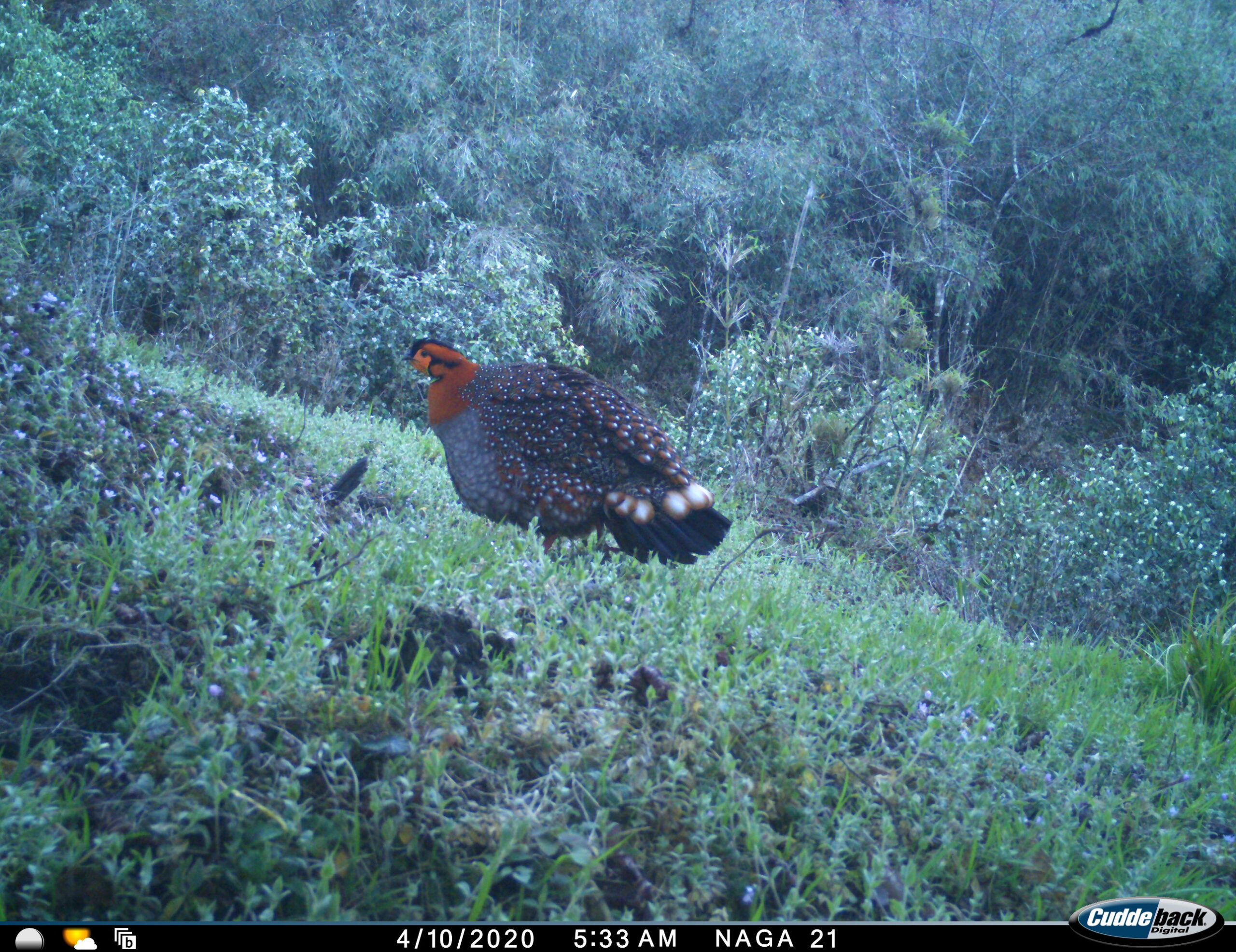
- Changing hunting practices in Nagaland, driven by fading traditional ethics and cross-border wildlife trade, are putting wildlife at risk.
- A recent camera trap study in the Noklak and Peren districts of Nagaland, recorded 31 species in two forest areas, including five wild felines; all of which are hunted and consumed.
- Inexpensive locally made firearms have replaced traditional hunting tools, increasing the scale and impact of wildlife killings.
- The community conservation forum stresses on reviving traditional conservation ethics and creating alternative livelihoods to reduce hunting pressures.
In Nagaland, hunting has deep cultural roots among the indigenous Naga tribes, and is traditionally practiced for subsistence and as part of customary life. However, this age-old practice is rapidly changing, and posing an increasing threat to wildlife. A recent study conducted across two ecologically rich forest areas in Nagaland — Khelia Community Forest and Intangki National Park, reveals the troubling extent of wildlife hunting and trade in the region. Camera traps in both forests, which are part of the ecologically critical Indo-Myanmar biodiversity hotspot, captured 31 species of wild animals, all of which are being hunted or consumed. This raises urgent questions about conservation, community roles, and the future of biodiversity in this area.
Satem Longchar, a conservation ecologist and lead author of the study, recalls one of her first encounters with illegal wildlife trade. “In 2012–13, while conducting fieldwork near Nagaland’s only national park – Intangki, I met a young hunter, around 20 years old. I was showing him photos of various wild cats when he excitedly claimed to own a tiger skin. What he brought out was the pelt of a clouded leopard. He cautiously tried to sell it to me…likely because it had already been rejected by buyers for being too small to pass as a tiger’s.” That was Longchar’s first direct encounter with both the presence of clouded leopards and the illegal wildlife trade in Nagaland. “It made clear that a market for wild cat parts exists, even if most people cannot distinguish between species.”
Years later, in 2020-21, Longchar had a similar encounter near the Nagaland-Myanmar border. While discussing her research with residents in a border village, she recalls an elderly man bringing out a cat pelt he couldn’t identify. “It was an Asiatic golden cat,” she says. “It was a typical case of opportunistic hunting; when wild cats stray near paddy fields or are encountered during general hunts.”

According to the study, 31 species of wild mammals were recorded in 156 camera traps set up across the Khelia Community Forest (in the Noklak district) and Intangki National Park (in the Peren district), between 2020 and 2022. Interviews with 45 hunters and 80 village residents confirmed that local people consumed every species detected.
Within this region, Indigenous communities rely on hunting for subsistence, cultural and medicinal practices, as well as economic needs.
Wangchung Konyak, a 75-year-old seasoned hunter from the Mon district, speaks of his tradition with pride. “In our culture, there are no restrictions on which animals can be hunted,” he says. “But hunting is strictly prohibited from March to September to allow wildlife time to reproduce. This seasonal ban must be respected by all members of the Konyak tribe. We’ve hunted for meat for generations. Pelts or other parts may be kept for personal use, but not for trade,” he says.
Traditional hunting followed optimal foraging strategies, targeting large-bodied mammals such as barking deer (Muntiacus muntjak), bears (Ursus thibetanus), and civets (Viverridae) to maximise gain with minimal effort. But over the years, hunting shifted toward smaller-bodied animals and became more opportunistic. Taste preferences also influenced prey selection.
The researchers documented instances of illegal wildlife trade, particularly in areas along the Nagaland-Myanmar border, where bears were hunted for their bile. They noted that long-standing transboundary trade routes have positioned Nagaland as a key hub in the illicit trafficking of wildlife to Southeast Asian markets, raising significant conservation concerns.

Elusive feline encounters
Among the species recorded in the camera traps that were deployed, were small wild felines such as the leopard cat (Prionailurus bengalensis), marbled cat (Pardofelis marmorata), and the Asiatic golden cat (Catopuma temminckii), and the more widely-known clouded leopard (Neofelis nebulosa), and common leopard (Panthera pardus).
“Wild cats aren’t preferred for meat,” says Longchar. “But the greatest challenge to conservation in Nagaland is the intersection of economic pressures, limited awareness about wildlife, and a lack of understanding of forest conservation.” She adds that most feline species are rarely sighted, so people are unfamiliar with them. “Across tribes, all wild cats are generalised as leopards or tigers, without clear distinction. As a result, their conservation rarely crosses people’s minds. On the other hand, when traders place specific demands based on vague descriptions, hunters often kill any animal that vaguely resembles a wild cat.”
In 2015, Longchar captured a photographic record of the Asiatic golden cat in Nagaland, a species listed as ‘Near Threatened’ on the International Union for Conservation of Nature (IUCN) Red List. Her subsequent work documented its three distinct colour morphs: common golden, reddish-brown, and buff-brown, highlighting the species’ remarkable coat diversity in the Indo-Myanmar border region and their cathemeral behaviour.
“The study of population ecology of small cats is very rare in Northeast India. Long-term studies require significant resources and manpower, and the challenging terrain remains a major obstacle to such efforts.” she adds.
Giridhar Malla, founder of the Eastern Himalayas Marbled Cat Project-India informed that he has been working with the Clouded Leopard Working Group in Nagaland over the past year to mitigate human-wildlife conflict, particularly focusing on small wild felines.
“Across the Northeast, we’ve observed two types of hunters, those who hunt occasionally for traditional or ceremonial reasons, and those who regularly hunt for bushmeat,” Malla explains. “Our efforts are focused on the latter group, offering alternative livelihood options and involving them in our research activities, like setting up camera traps to monitor wild cats.”
The group has collaborated with members of all Community Conserved Areas (CCAs) of the state to assess the conservation status of small wild cats. “We found that some CCAs have implemented strict conservation rules, including penalties like cutting off electricity to households of repeat offenders caught hunting,” he adds. “People in many remote areas stated they had never been informed about wild cat conservation, and responded positively to the outreach efforts. That gives me hope that attitudes will change in the coming years.”
He noted the lack of baseline data on wild cats in Nagaland. “We’ve started a three-year clouded leopard population monitoring effort involving all CCAs, beginning this year. We’ll engage directly with hunters to better understand their perspective and deepen local participation in conservation.”
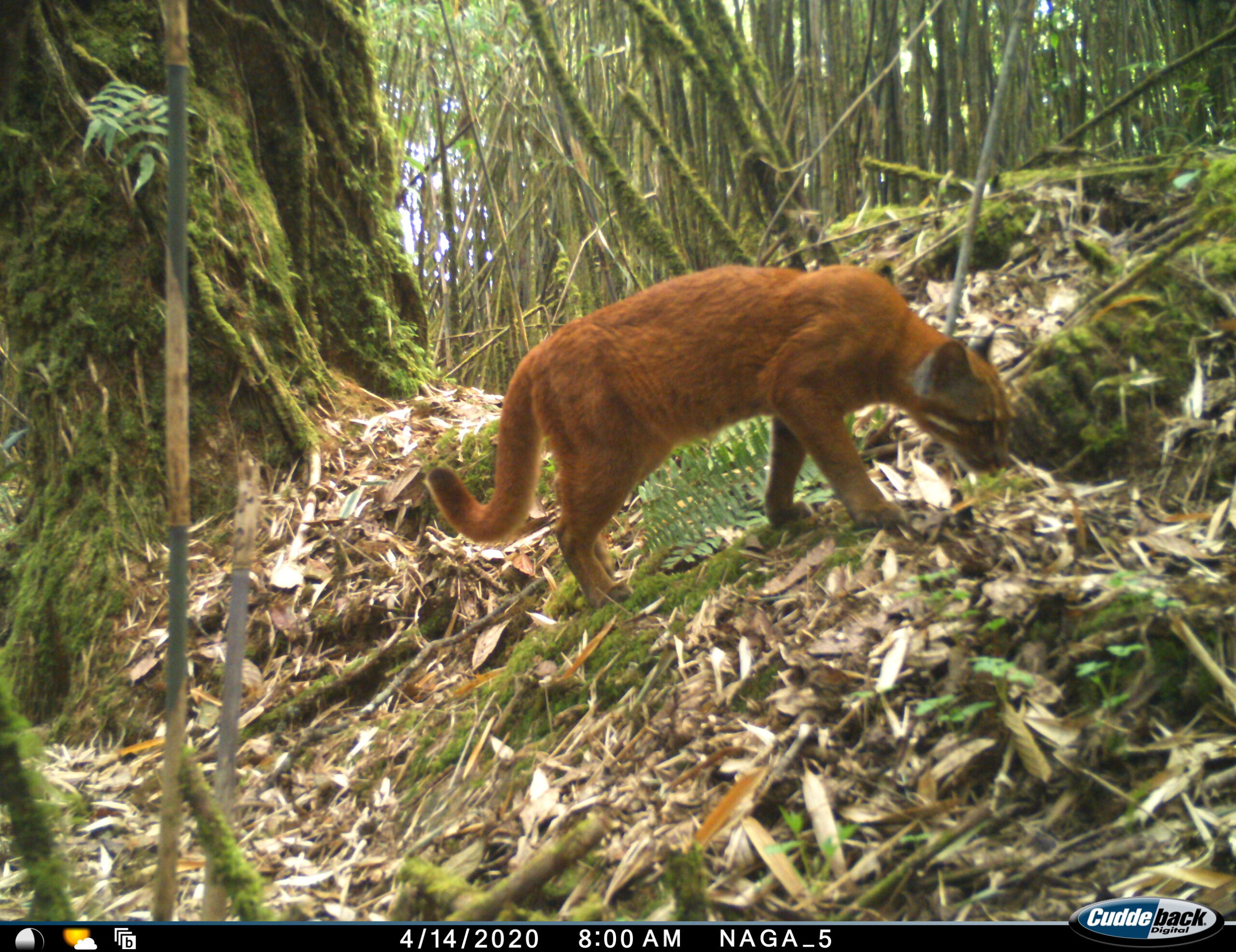
Locally made firearms reshape hunting practices
Traditional hunting practices involve a diverse set of methods and tools, including machetes, spears, bows and arrows, slings, catapults, and various types of traps such as pitfall traps, box traps, triangular snares, and gun traps. Hunters also commonly engage in group chases and use dogs to track prey. The hunters interviewed for the study additionally reported using firearms, many of which were locally handmade.
“Almost every Konyak household owns two-three locally made guns, which typically cost between ₹10,000 and ₹30,000,” says Manshieh Wangnao from Mon. “Many of these firearms are passed down through generations to the male family members. Every village has at least one gunsmith, but the sale of these weapons is strictly limited within the state and only to the 17 Naga tribes.” What the study found however is that unlicensed guns have become common and culturally ingrained; valued for their affordability and accessibility though less reliable than commercial weapons.
“Gun-making was historically confined to the Konyak tribe, who were among the first in Nagaland to use firearms,” says Keneivito Chirstopher, joint secretary of the Nagaland Community Conserved Areas Forum (NCCAF). “But with rising educated unemployment in the state, many youth go hunting, for trade or as a hobby, easily procuring guns from the market. Traditional hunters would spend days in the forest and return with just one animal. Now, with firearms, they often return with multiple kills, much of which is offered to the rich. Over time, this practice has fueled a thriving market.” he explains.
Longchar recalls village elders raising concerns over increasing infiltration by hunters from Dimapur and Kohima to rural areas, who hunt for trade, often disregarding traditional hunting values and tribal land jurisdictions.
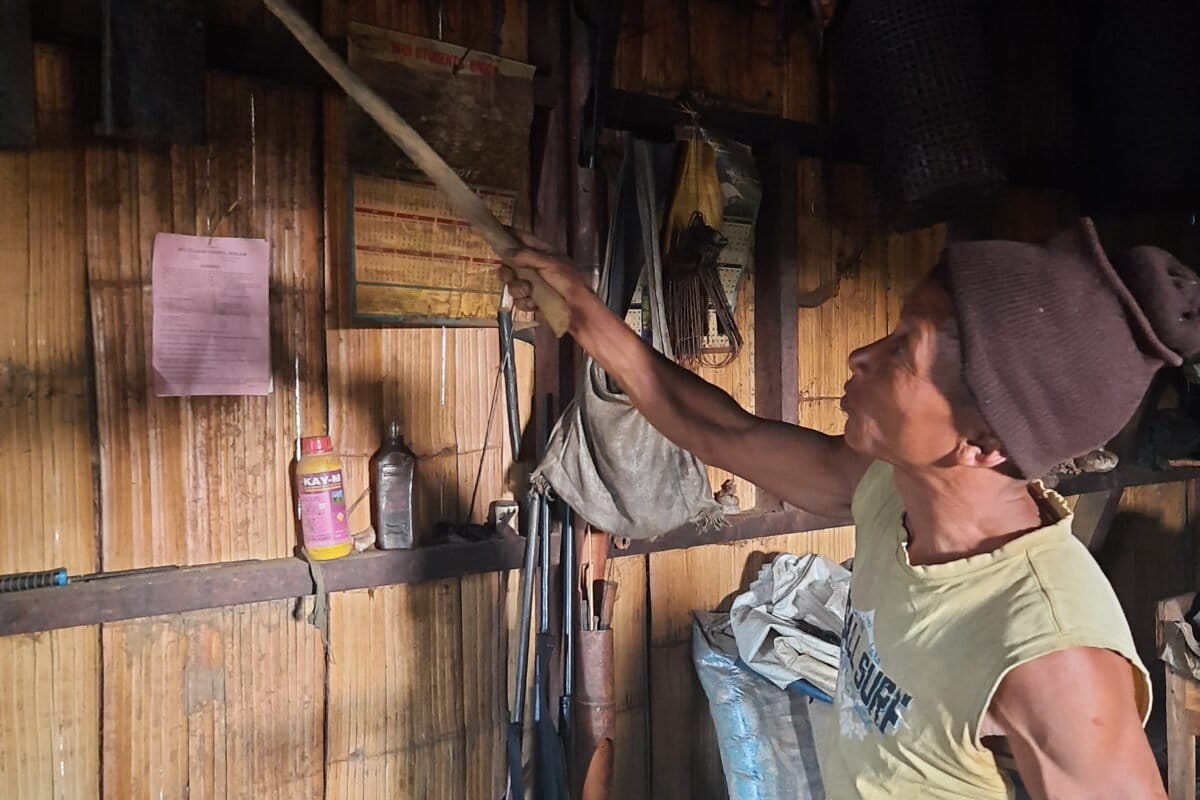
Balancing rights and wildlife
Perceptions of wildlife hunting and conservation in Naga society are deeply rooted in ancestral beliefs, traditional practices, and customary systems of land ownership and governance. Longchar further notes that hunting is largely driven by the state’s economic conditions, particularly in rural areas where agriculture is the primary source of livelihood. Conservation interventions often involve restrictions on the use of community-forested areas, and in the absence of incentives, are frequently met with limited acceptance and motivation from community members.
“Traditionally, skilled hunters have been admired and respected in society, a sentiment that still persists, especially in remote areas bordering Myanmar. That, in itself, is a major challenge,” shares Keneivito. “The root of the problem also lies in Nagaland’s unique landholding system. Unlike other states, 88% of its forest is community owned, with each tribe exercising traditional rights over their territory. This makes it difficult for the government to uniformly implement conservation laws and policies across different communities,” he adds.
Communities in Nagaland are protected under Article 371A of the Indian Constitution, which upholds the rights of Naga tribes to preserve their distinct languages, customs, traditions, and control over land and forests. Therefore, the Indian Wildlife (Protection) Act, 1972, which prohibits hunting, is largely ineffective in the state.
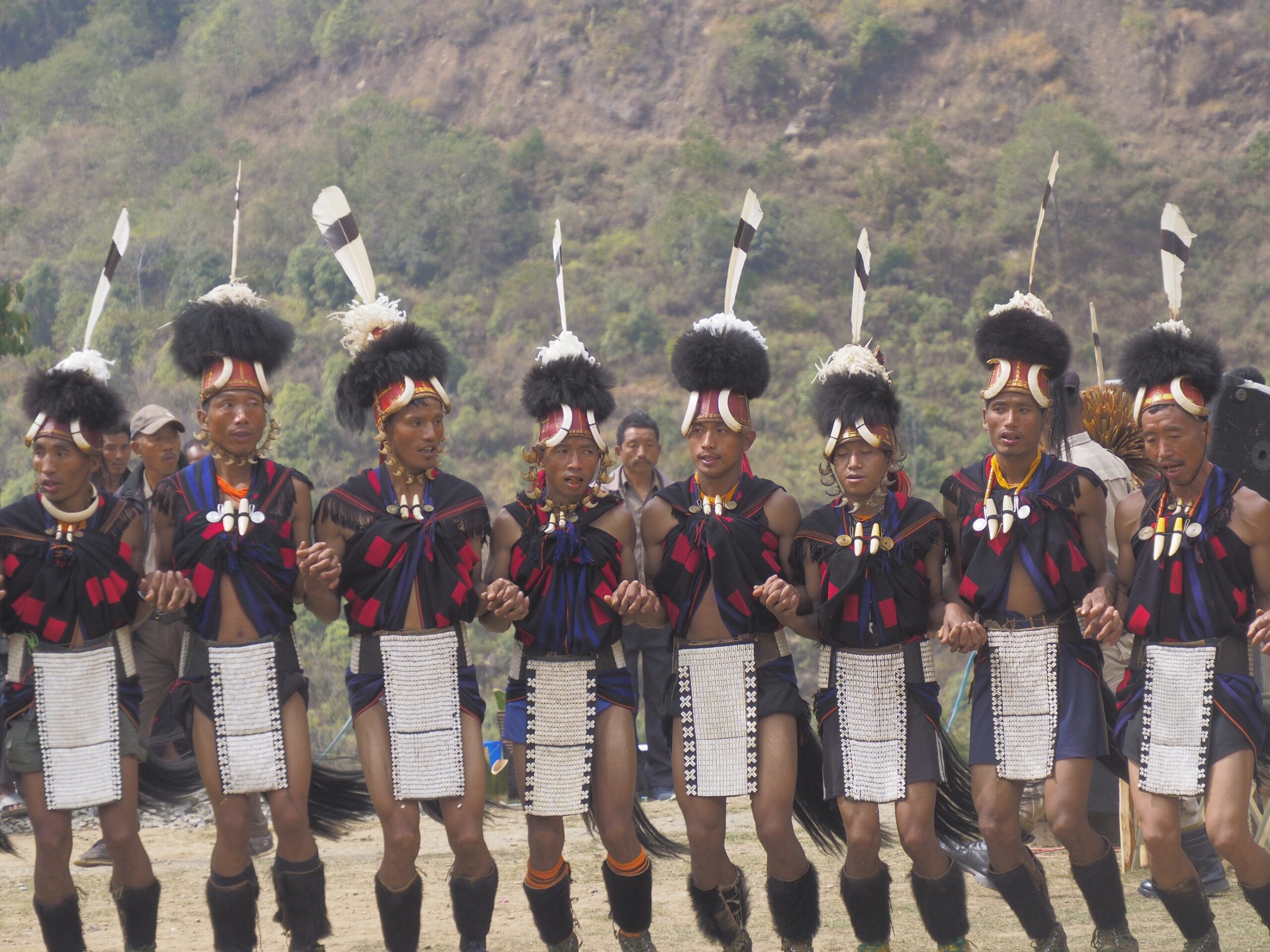
To address these challenges, the Nagaland Community Conservation Area Forum (NCCAF) has taken up the responsibility. “Since our establishment in 2014, we have 120 villages affiliated with us across Nagaland, though many more CCAs are yet to join. We’re working to raise awareness and create wildlife corridors. But without alternative livelihoods or financial incentives, long-term success will be difficult. For now, we try to connect these communities with agencies or NGOs that can provide some level of funding support.” informs Keneivito as NCAAF’s Joint Secretary.
Khonoma, known as India’s first green village, has been at the forefront of conservation in Nagaland, having banned hunting with the establishment of the Khonoma Nature Conservation and Tragopan Sanctuary (KNCTS) in 1998. However, over the years, the complete ban has led to a rise in certain animal populations, triggering increased human-wildlife conflict, particularly with wild boars (Sus scrofa), bears, and barking deer around jhum cultivation fields, a traditional farming practice. In response, the community has now allowed selective hunting permits under strict oversight.
“To manage such instances, the NCCAF has proposed a model called ‘tag-hunting,” Keneivito says. “In Khonoma, the three khels (clans) would be allowed to hunt within its own territory, but only for a specific number of days and a pre-decided number of animals. There is also a strict ban on hunting bears during their hibernation period. Importantly, no hunting is permitted within officially conserved areas. This model is still under consideration, but aims to balance conservation with community needs,” he explains.
Traditionally, every Naga tribe followed its own set of hunting taboos and restrictions that led to species-specific protection. For instance, the Zeliang tribe refrained from hunting pangolins (Manis crassicaudata) and hoolock gibbons, believing pangolins have human flesh under their armpits, and gibbons to be closely related to humans. The Angami and other Naga tribes regard tigers, humans, and spirits to be brothers. Tigers were only killed when they posed a direct threat, and ritualistic practices followed the act seeking forgiveness.
“We have a saying in Nagaland, ‘The elders know the way, but the youth works faster,’ which reflects a common dynamic in Naga society, where elders carry wisdom and experience, while the youth bring energy and adaptability to drive change. We need to fall back on traditional knowledge, and the youth must be educated,” Keneivito concludes.
Read more: Efforts to end ritualistic hunting results in reduced kills
Banner image: A camera trap image of a Blyth’s tragopan in Khelia, Nagaland. Image by Satem Longchar.












